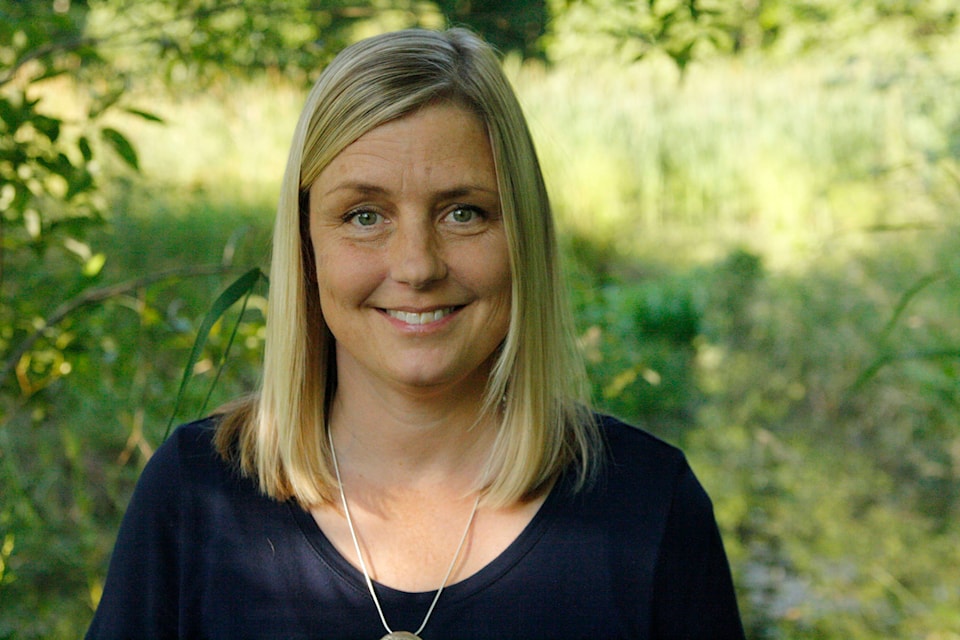Tanis Gower
Special to The Record
2019 was a very interesting year. While global politics were riveting, what really mattered to me was the conversation about climate change.
Youth-led climate strikes brought a sense of moral urgency that had been missing until now. Extreme weather events happened again and again, in concert with increasingly dire scientific predictions. The term “climate emergency” was used so much that Oxford Dictionaries recently declared it the 2019 Oxford Word of the Year.
We’ve reached a social tipping point, where at last there is broad support for taking bolder action. For this, I am very grateful.
So far this year, more than 1,200 cities, towns and even countries passed resolutions declaring a climate emergency. Canada was among the first nations to do so, following the lead of Wales, the Vatican and others.
Just last month, the European Union followed suit, meaning that more than 10 per cent of the world’s peoples now live in jurisdictions that have formally declared a climate emergency. In Canada, there are at least 470 local governments that have declared a climate crisis, including Courtenay, Comox and the Comox Valley Regional District. Cumberland’s declaration is in the works.
These declarations are more than symbolic – they come with commitments to develop tangible actions at a scale that meets the challenge. At the national level, Canada is attempting to implement a framework to meet its emissions reduction targets from the 2015 Paris Agreement. Locally, our municipal councils and regional district are working on their tangible responses to the climate emergency.
I live in Courtenay, where a very substantial response has just begun: The City of Courtenay is now launching a “climate-friendly” update to its Official Community Plan. An Official Community Plan is essentially the master plan for a community. It describes how development and re-development will happen by setting the locations and densities for different types of land uses. In practical terms, this means that the OCP is a guide for change in neighbourhoods, including transportation choices, infrastructure and housing. This responsibility puts local governments like Courtenay in a unique position to improve – and even transform – the fabric of where we live.
Courtenay’s current OCP dates to 2005. In the ensuing 15 years, it’s become clear that Courtenay’s infrastructure is aging and undersized to meet the challenges of climate change. Much of it needs to be replaced or repaired. Even if our infrastructure was in good shape, an update to the OCP would still be needed to address population growth and to create more affordable housing.
Any new OCP will include climate adaptation planning, for example re-sizing infrastructure to prevent flooding. The reason Courtenay’s OCP is “climate-friendly” is that it will explicitly consider how different planning choices will affect the City’s overall greenhouse gas emissions.
The form of a city determines where we live and how we move around, and these things have a major impact on our individual carbon emissions. For example, compact communities with schools and businesses nearby are more walkable and will generate less greenhouse gases than will standard subdivisions. Therefore, Courtenay’s planning process will explicitly consider the greenhouse gas implications of different development scenarios, including “business as usual.”
Following a public call for engagement, I applied and was accepted as one of 15 members of the Advisory Committee for Courtenay’s OCP update. In my role on the committee, I will provide technical guidance from the environmental stewardship sector as well as promoting public consultation opportunities.
Our new OCP is exciting, and, in this time of mostly bad news on the climate front, a real opportunity to accomplish something meaningful and lasting. Starting in 2020, Courtenay will need its residents to help it develop a shared vision for the future. Stay tuned for more information about how you can contribute to Courtenay’s climate-friendly future plans.
Tanis Gower is a registered professional biologist who works with local government, Watershed Watch Salmon Society and others. She has been working to restore aquatic ecosystems and to advocate for good water-related policies for the last 25 years. For more information on Courtenay’s OCP please see: www.courtenay.ca/ocpupdate
